“2 Propanol 2.5 litres (IPA)” has been added to your cart. View cart
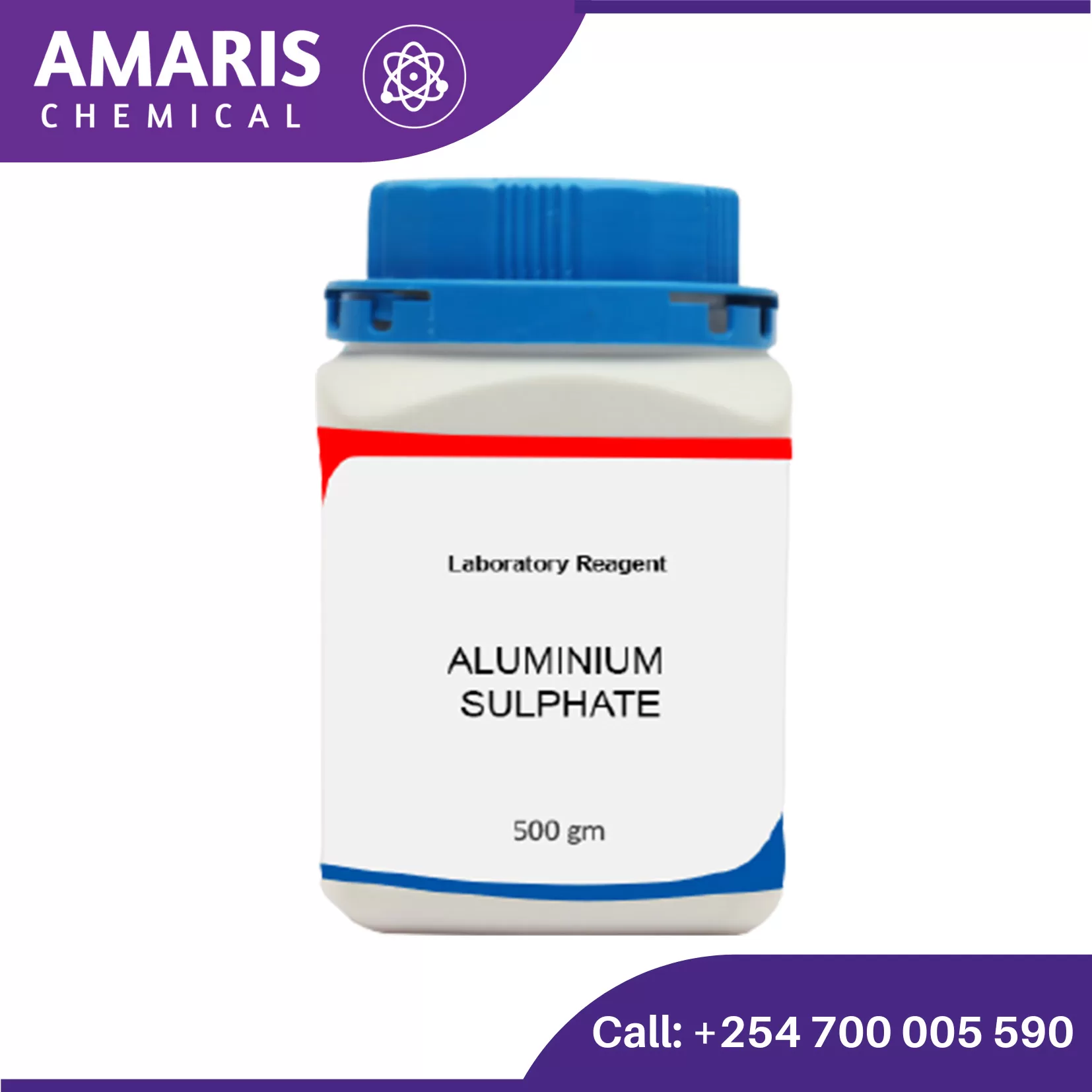
Aluminum Sulphate 500gm
$750.00 Original price was: $750.00.$600.00Current price is: $600.00.

Ammonium Dichromate 500gm
$2,500.00 Original price was: $2,500.00.$2,300.00Current price is: $2,300.00.
Ammonia Acetate
$700.00 Original price was: $700.00.$600.00Current price is: $600.00.
Ammonium acetate (NH4C2H3O2) is a chemical compound with various applications and properties. Here are some key points about it:
Properties
- Chemical Formula: NH4C2H3O2
- Molecular Weight: 77.08 g/mol
- Appearance: White, crystalline solid
- Solubility: Highly soluble in water
- Melting Point: Decomposes upon heating
SKU:
ACS87766CHEM0
Category: Analytical Reagents
Description
Uses of Ammonia Acetate
Buffer Solutions
- pH Control: Ammonium acetate is used to prepare buffer solutions, which help maintain a stable pH in biochemical and molecular biology experiments. It is especially useful in high-performance liquid chromatography (HPLC) and capillary electrophoresis.
- LC-MS: In liquid chromatography-mass spectrometry (LC-MS), ammonium acetate buffers are commonly used because they are volatile and do not leave residue, which is crucial for sensitive detection.
Protein and Nucleic Acid Purification
- Protein Precipitation: Ammonium acetate is used to precipitate proteins from solutions, aiding in the purification and analysis of proteins.
- DNA and RNA Precipitation: It is employed in the precipitation of nucleic acids during DNA and RNA extraction procedures, often in combination with ethanol or isopropanol.
Molecular Biology
- PCR and Enzyme Reactions: Ammonium acetate is used in polymerase chain reaction (PCR) and other enzymatic reactions where a stable pH is required.
Analytical Chemistry
- Solvent for Analytical Reactions: It acts as a solvent or reagent in various analytical chemistry techniques, particularly those involving complexation reactions.
Histology
- Fixative: It can be used as a fixative in histology for tissue preparation before microscopic examination.
Electrophoresis
- Running Buffer: Ammonium acetate can be used as a running buffer in electrophoresis, aiding in the separation of biomolecules like proteins and nucleic acids based on their size and charge.
Reviews (0)
Be the first to review “Ammonia Acetate” Cancel reply
Shipping & Delivery


MAECENAS IACULIS
Vestibulum curae torquent diam diam commodo parturient penatibus nunc dui adipiscing convallis bulum parturient suspendisse parturient a.Parturient in parturient scelerisque nibh lectus quam a natoque adipiscing a vestibulum hendrerit et pharetra fames nunc natoque dui.
ADIPISCING CONVALLIS BULUM
- Vestibulum penatibus nunc dui adipiscing convallis bulum parturient suspendisse.
- Abitur parturient praesent lectus quam a natoque adipiscing a vestibulum hendre.
- Diam parturient dictumst parturient scelerisque nibh lectus.
Scelerisque adipiscing bibendum sem vestibulum et in a a a purus lectus faucibus lobortis tincidunt purus lectus nisl class eros.Condimentum a et ullamcorper dictumst mus et tristique elementum nam inceptos hac parturient scelerisque vestibulum amet elit ut volutpat.
Related products
Aceto Carmine 100 ml
Aceto carmine is a staining solution used primarily in microscopy to highlight cellular components. It is a mixture of carmine dye and acetic acid. Here’s an overview of its properties, preparation, and uses:
Properties
- Color: Red to purplish-red.
- Solubility: Soluble in water and ethanol.
- Staining Characteristics: Stains chromatin and cytoplasmic components, providing contrast for better visualization under a microscope.
Preparation
- Ingredients:
- Carmine dye: A natural red dye extracted from the cochineal insect.
- Acetic acid: A colorless liquid organic compound with a pungent smell.
- Procedure:
- Dissolve a specific amount of carmine powder in hot distilled water.
- Add glacial acetic acid to the solution.
- Filter the mixture to remove any undissolved particles.
Aluminum Hydroxide 250gm
Aluminium hydroxide is a chemical compound with the formula Al(OH)3. It is an inorganic compound that is commonly used as an antacid to neutralize excess stomach acid, as well as a component in the manufacture of various products, such as ceramics, paper, and cosmetics. It is a white, powdery substance that is insoluble in water and has a low toxicity. When heated, it decomposes to produce aluminium oxide, or alumina, which is used in the production of aluminium metal.
Aluminum Nitrate 500gm
Aluminum nitrate is a chemical compound with the formula Al(NO3)3. It's a salt composed of aluminum and nitrate ions. It's commonly encountered as a hydrate with varying numbers of water molecules associated with each aluminum nitrate formula unit. It's soluble in water and is often used in various industrial processes, including as a mordant in dyeing fabrics and in the production of aluminum oxide. Additionally, it's used in some chemical reactions and as a component in some types of rocket propellants.
Aluminum Potassium Sulphate 500gm
Aluminum Potassium Sulphate, commonly known as potassium alum or potash alum, is a chemical compound with the formula KAl(SO₄)₂·12H₂O. It is a type of alum, a double sulfate salt, and is typically found in its dodecahydrate form. Here are some key points about this compound:
Physical Properties:
- Appearance: Colorless, transparent crystals or white powder.
- Solubility: Soluble in water but insoluble in alcohol.
- Melting Point: Decomposes at high temperatures before melting.
Chemical Properties:
- Molecular Formula: KAl(SO₄)₂·12H₂O
- Molecular Weight: 474.39 g/mol (for the dodecahydrate form)
- Acidity: It is slightly acidic in aqueous solution.










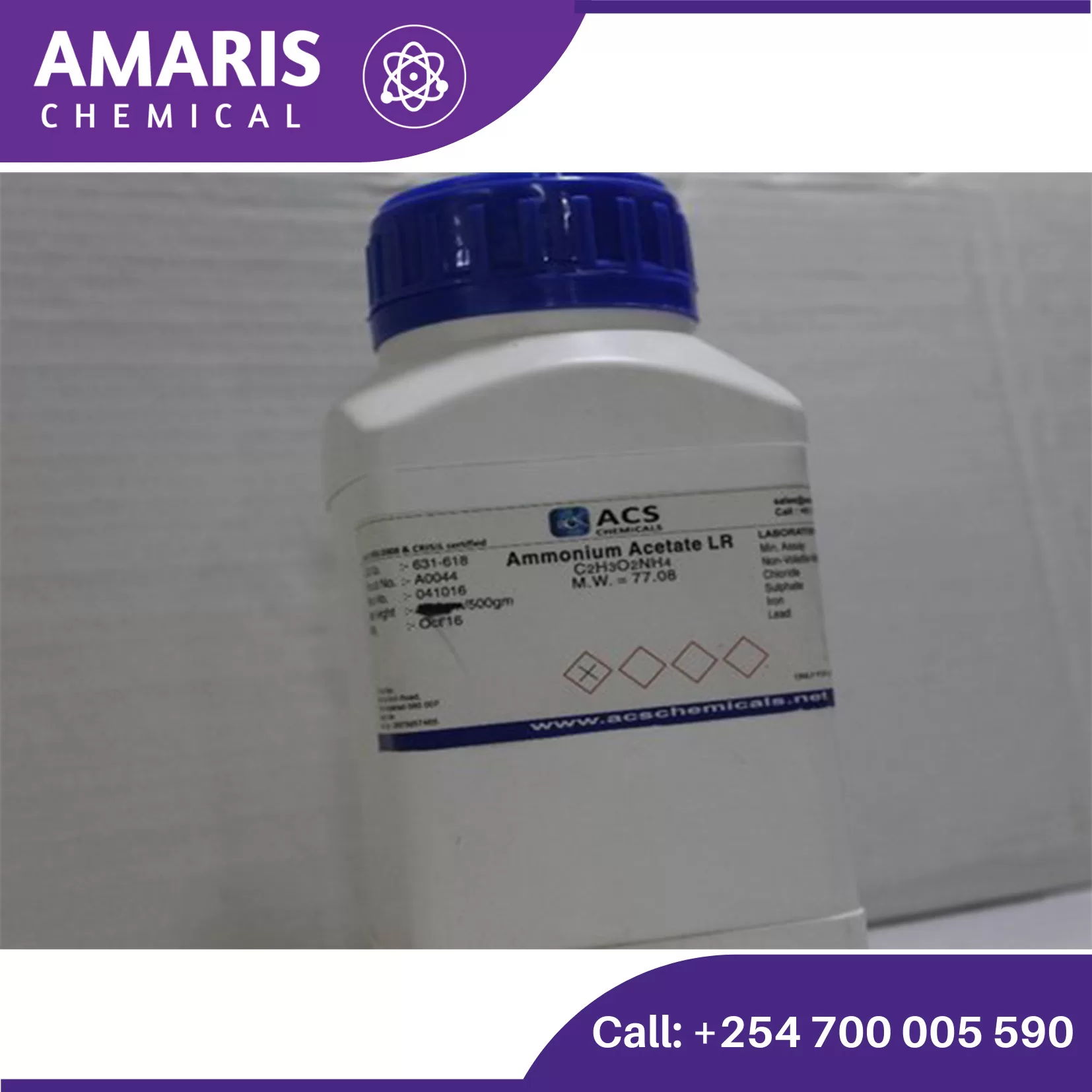
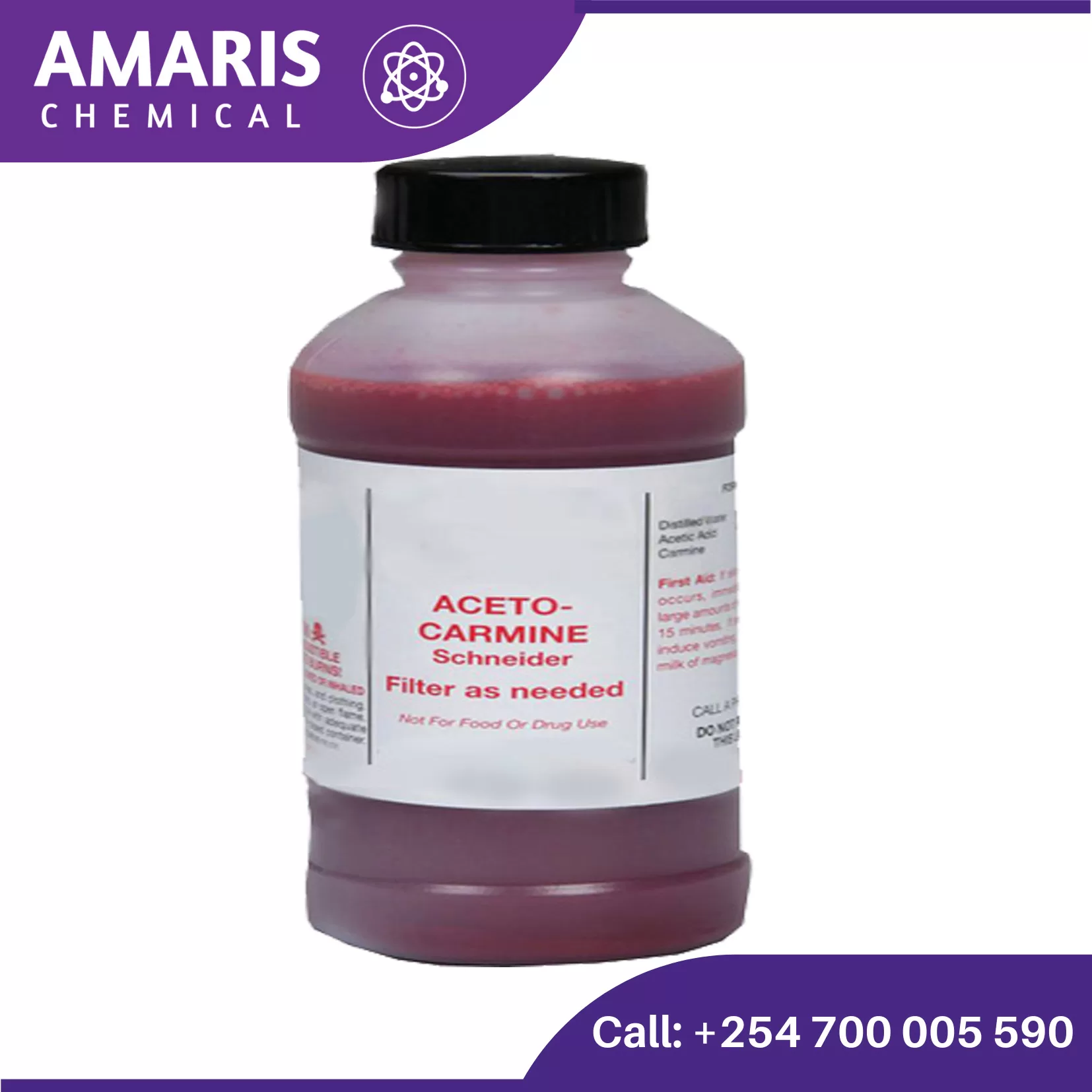
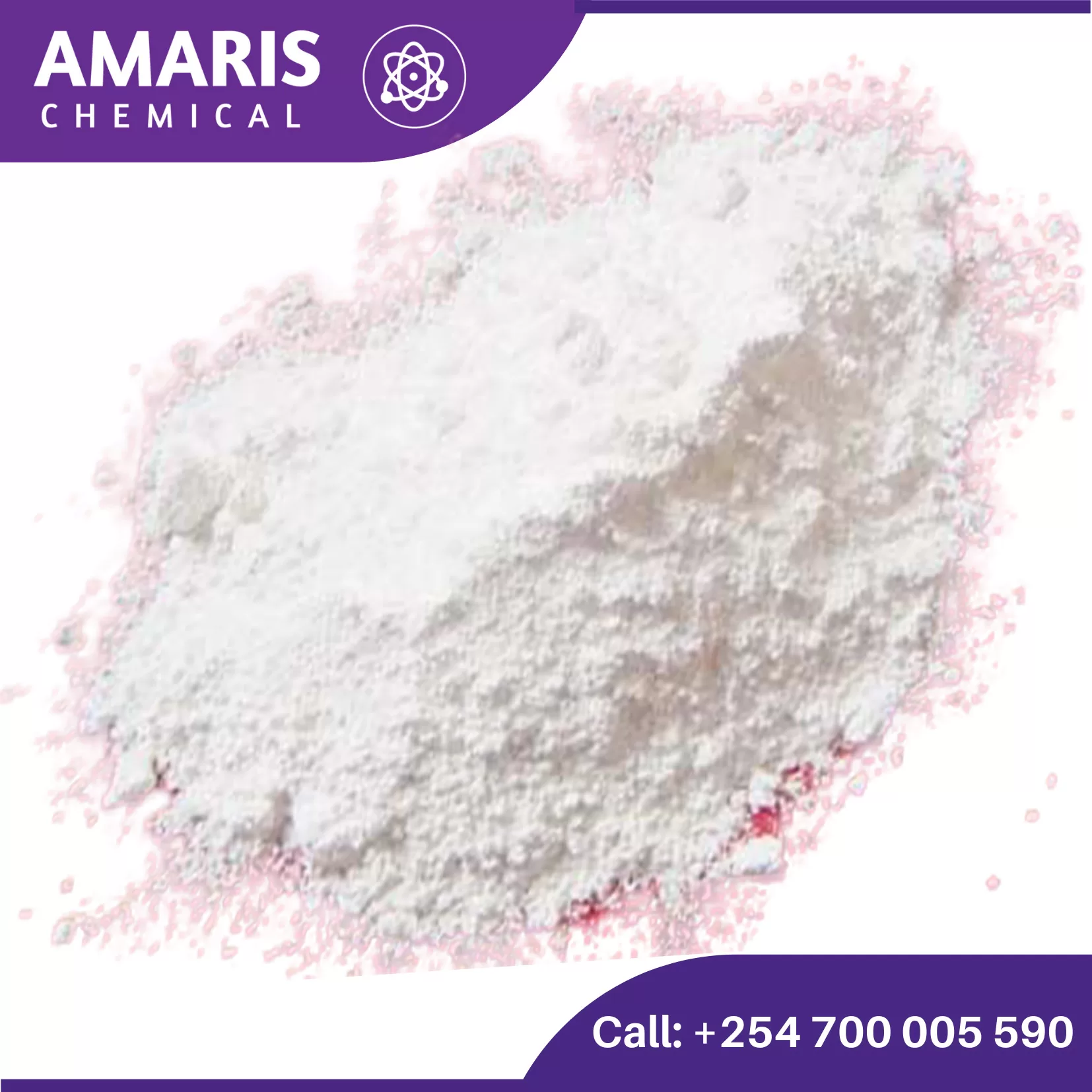
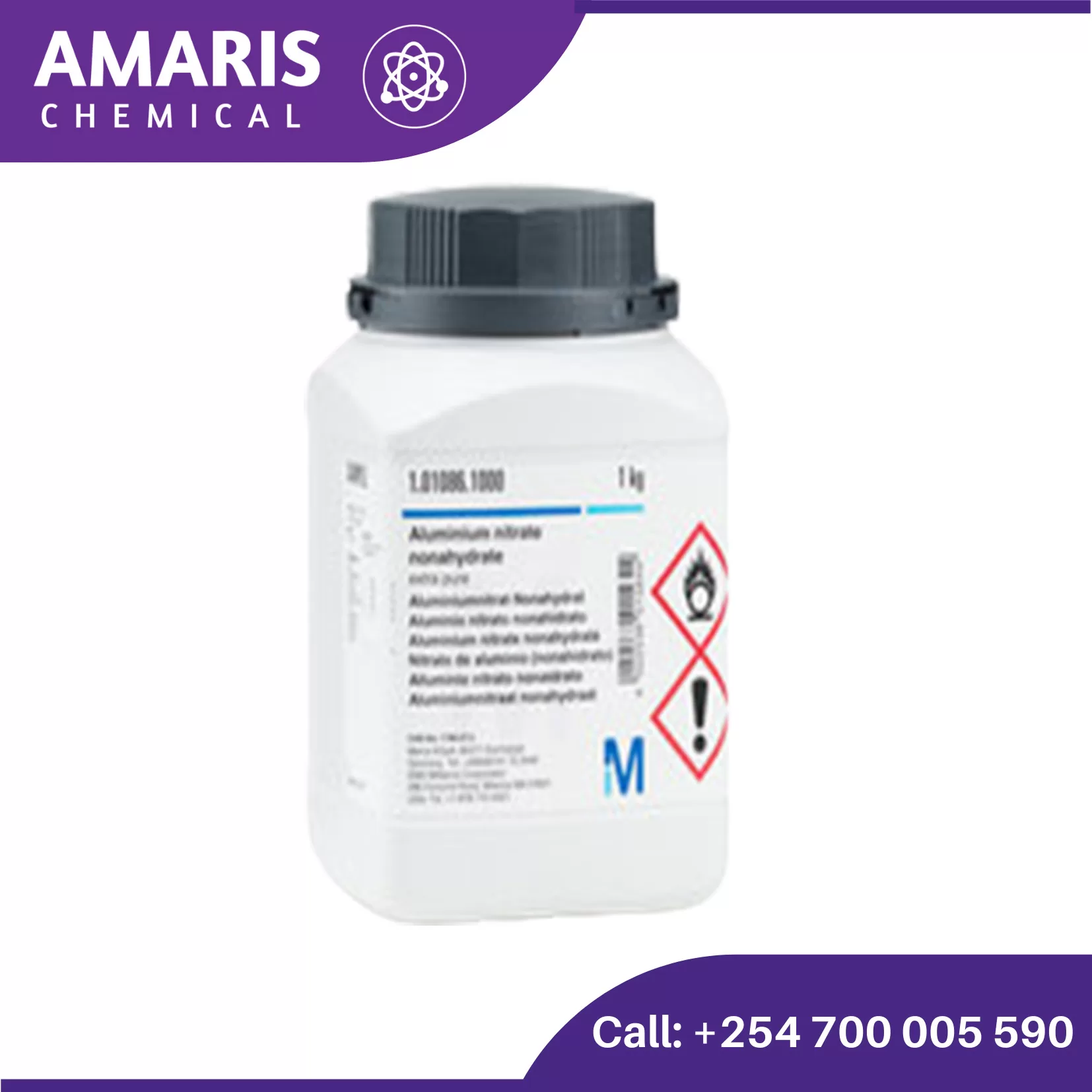
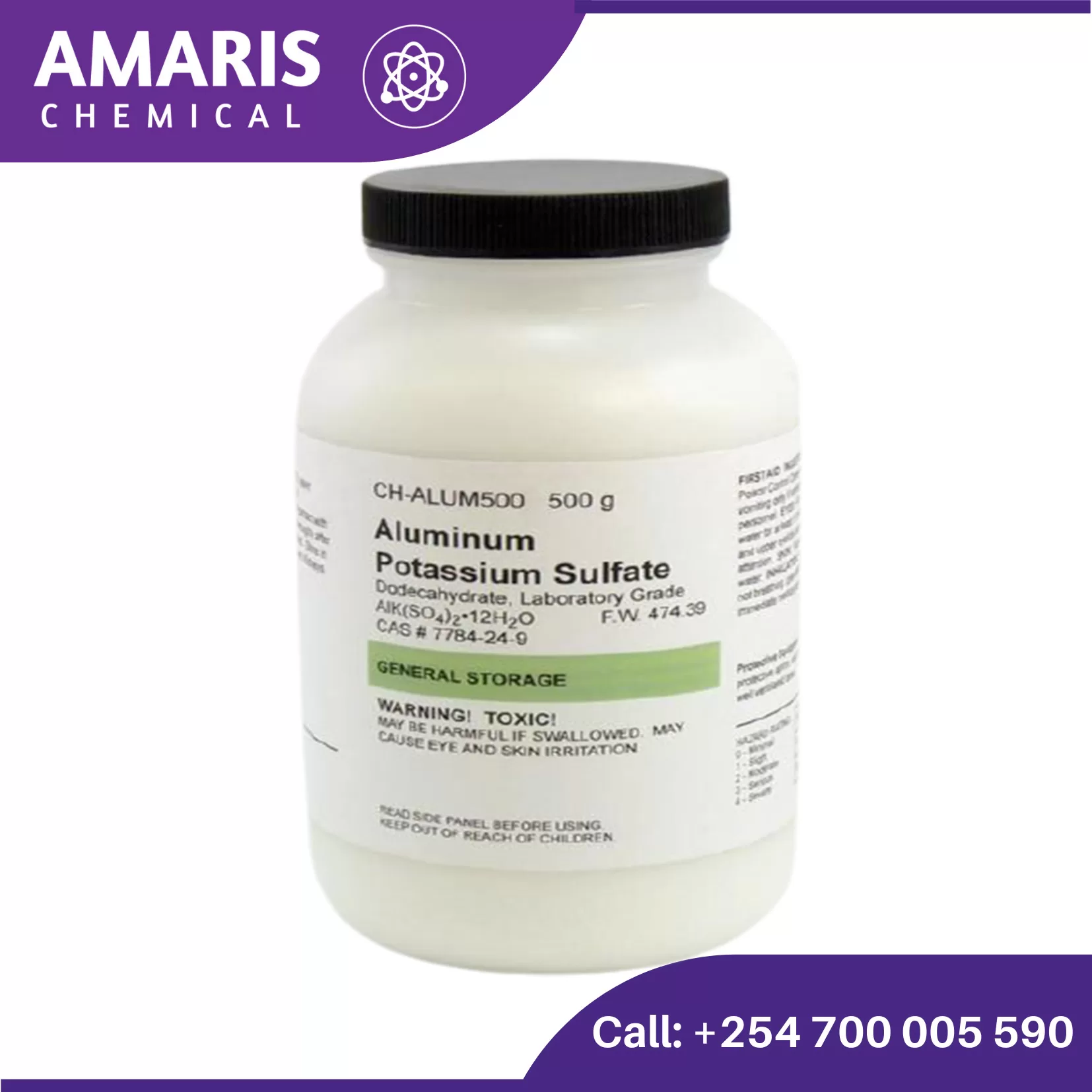

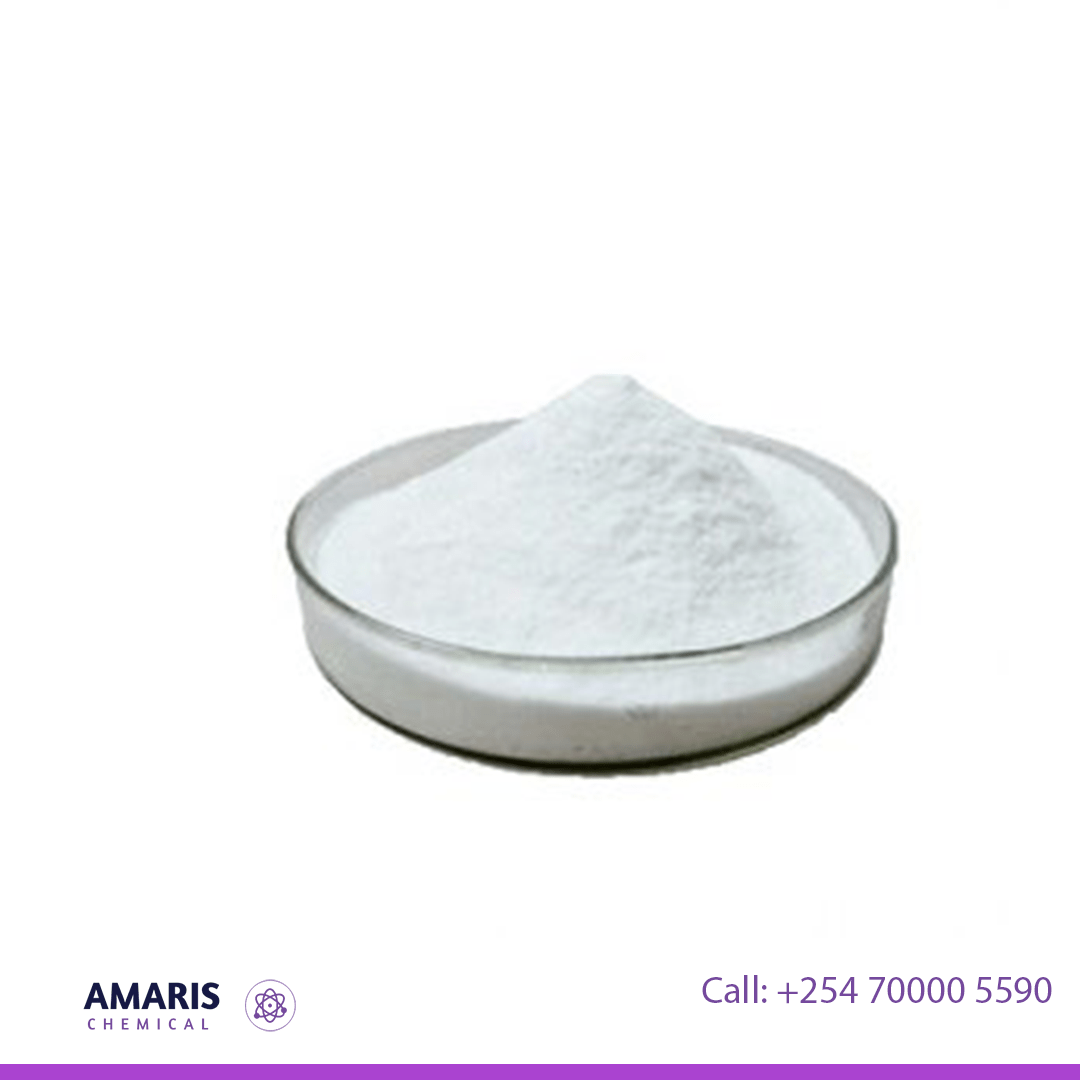
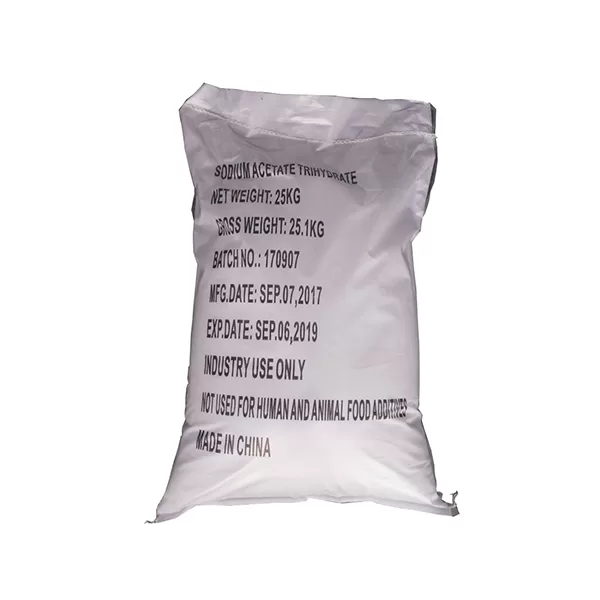
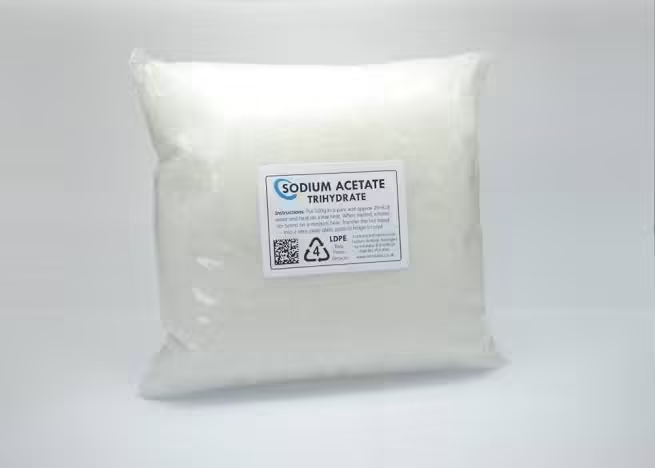









Reviews
There are no reviews yet.